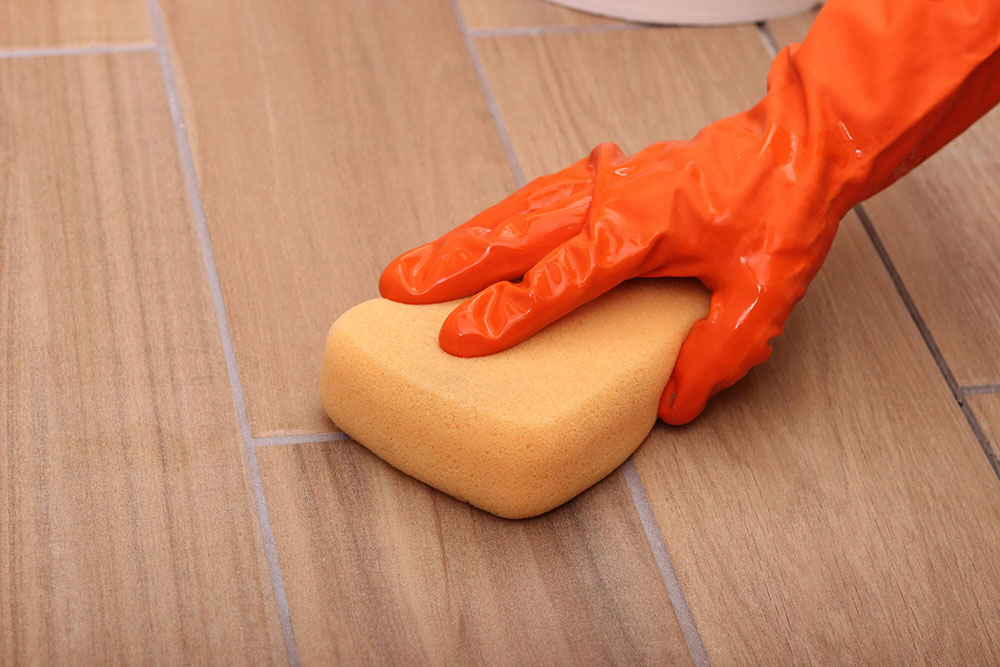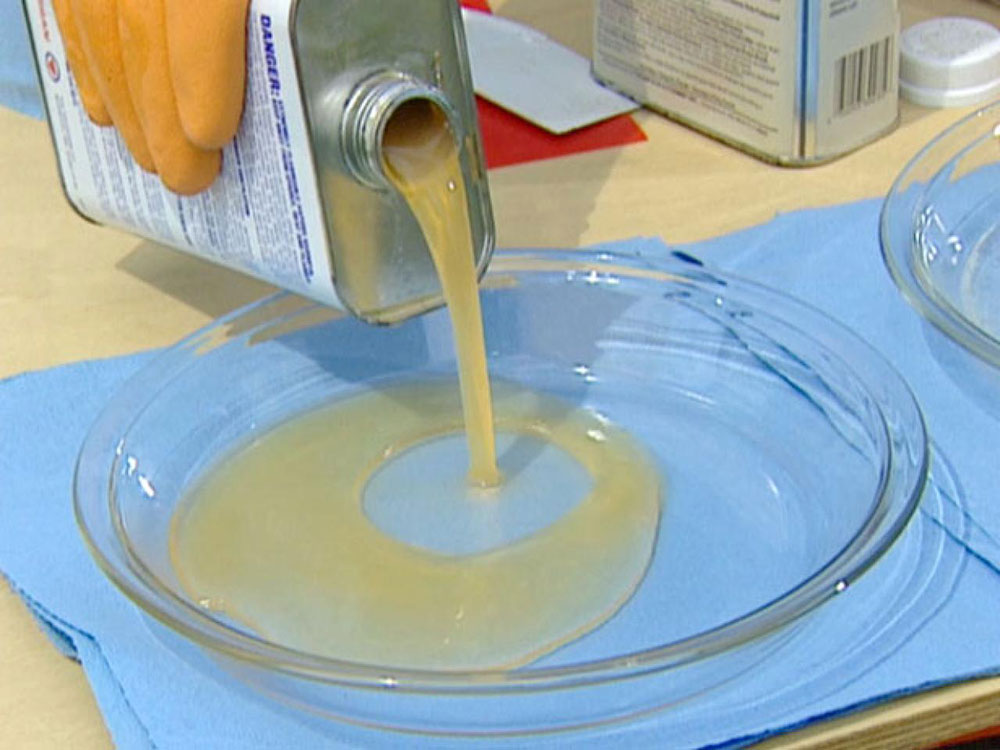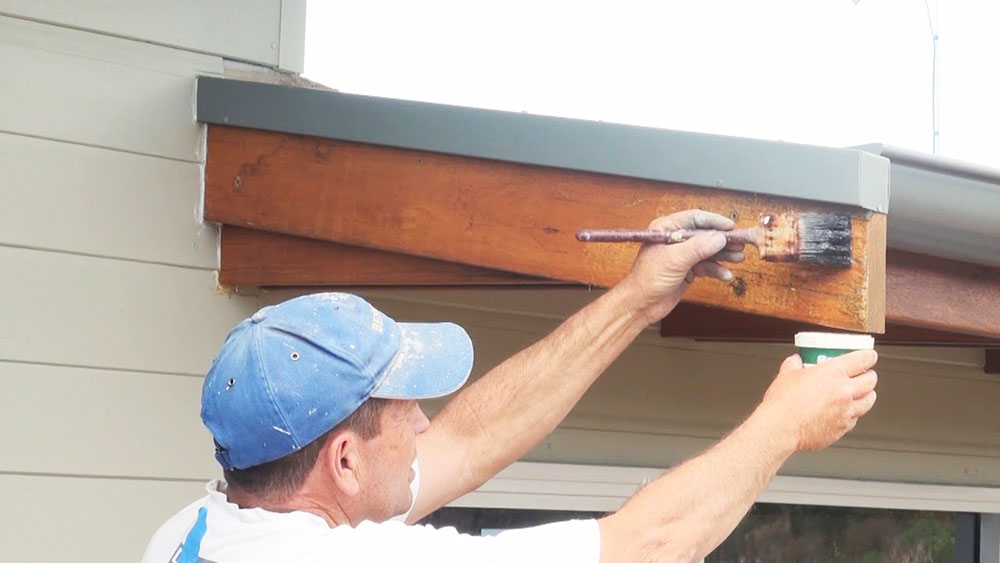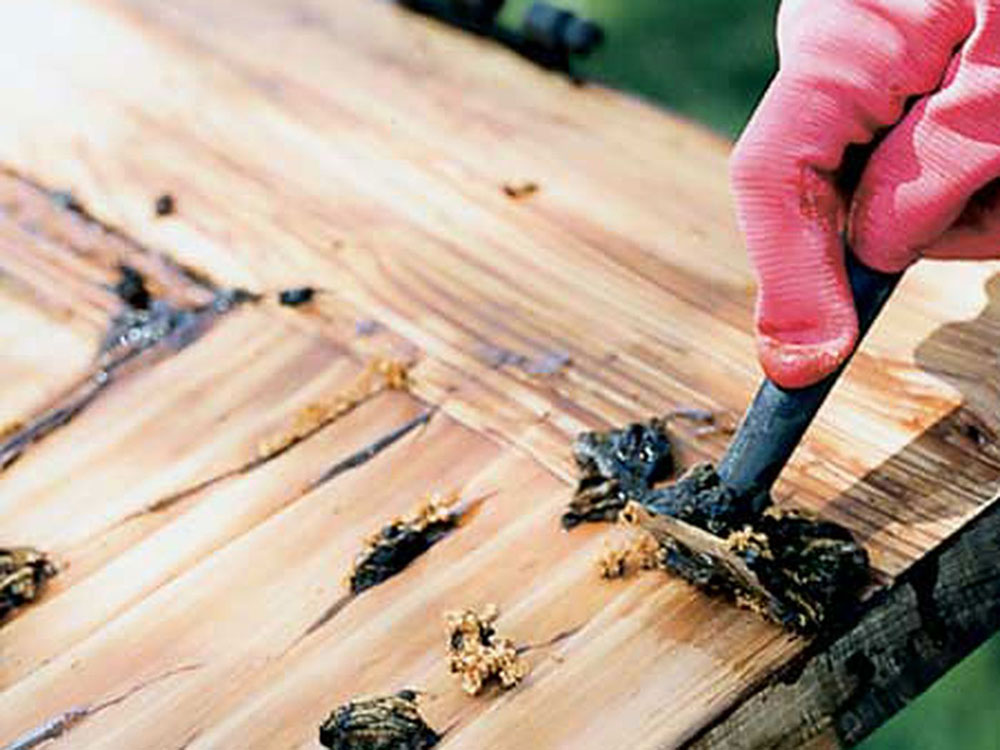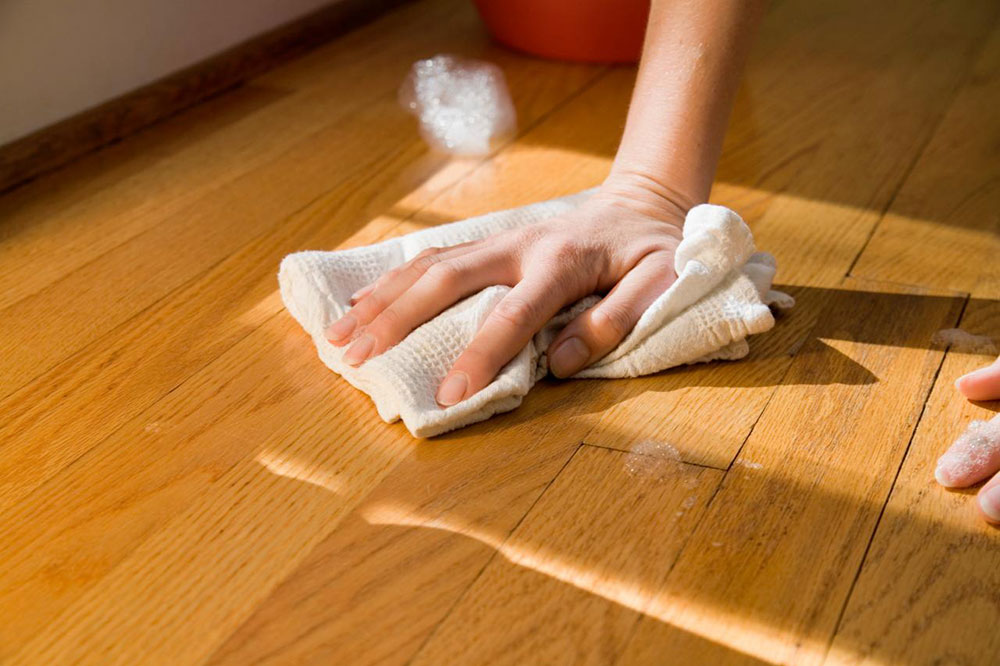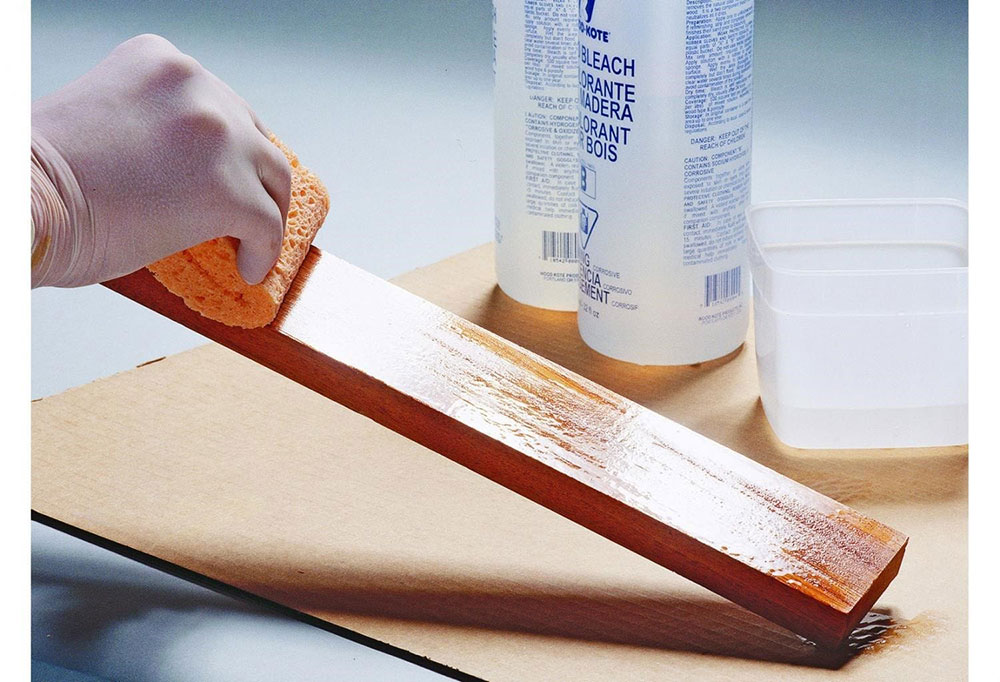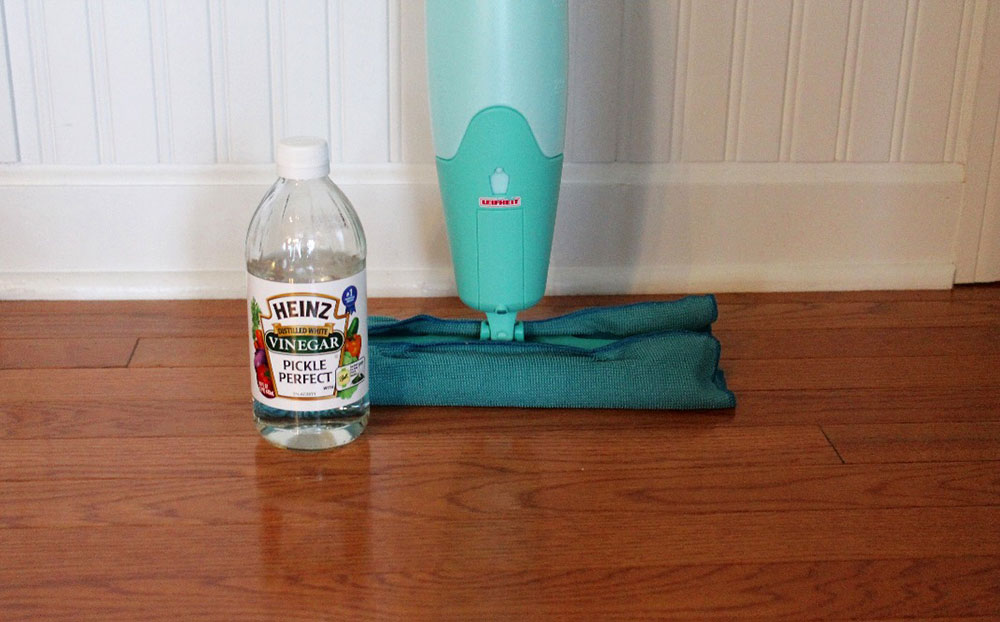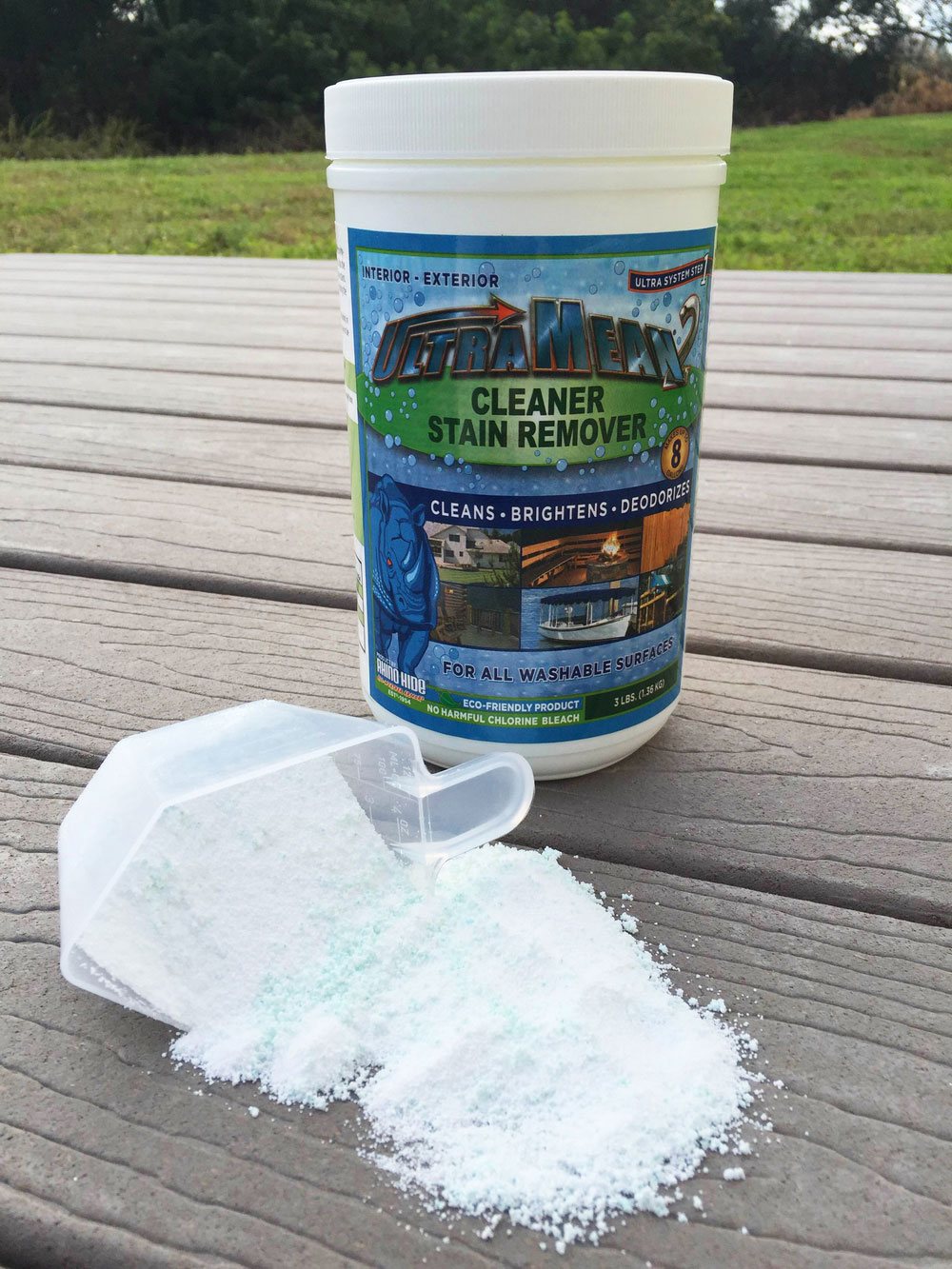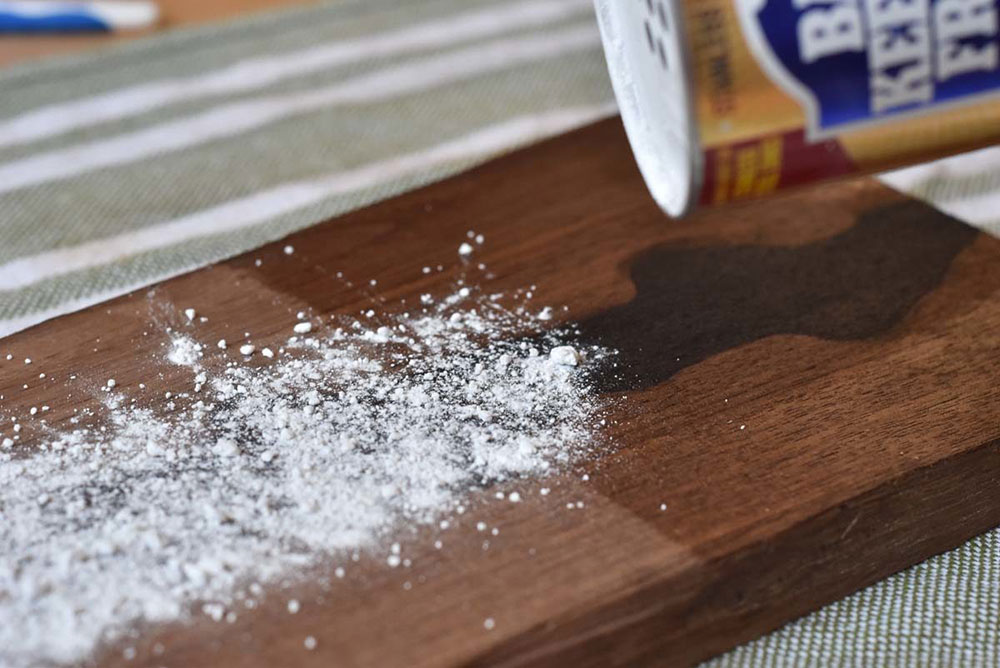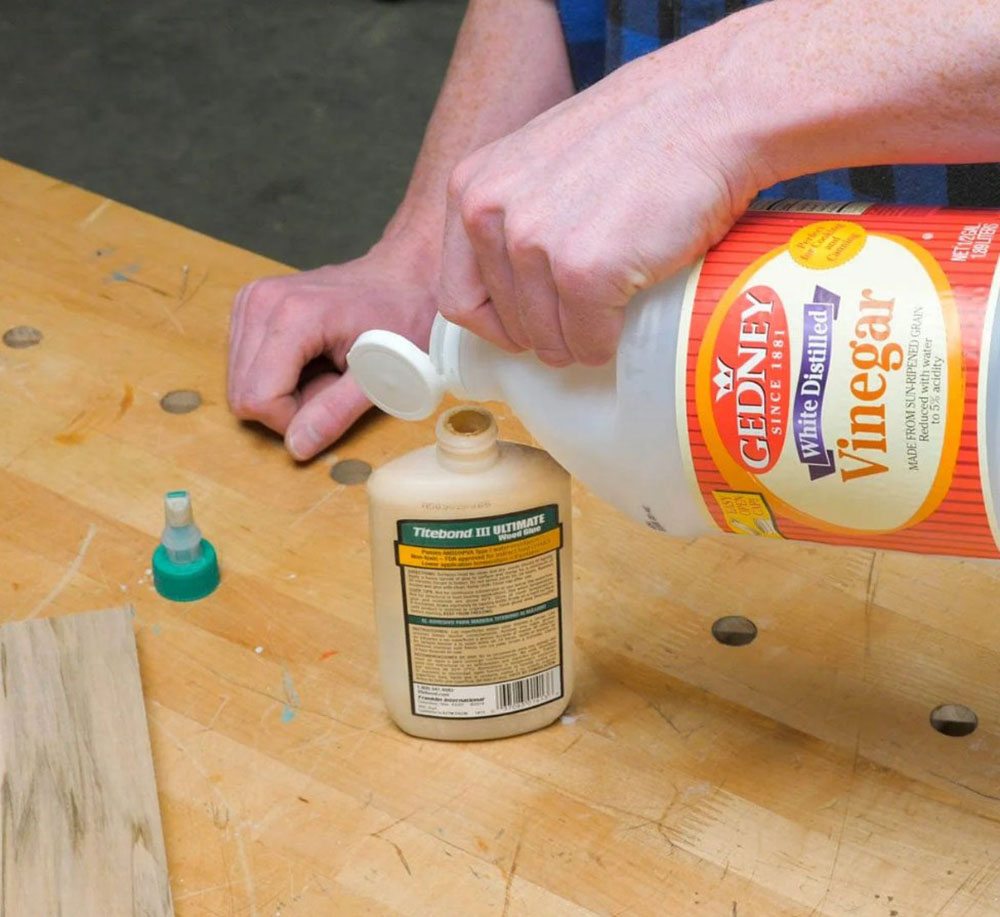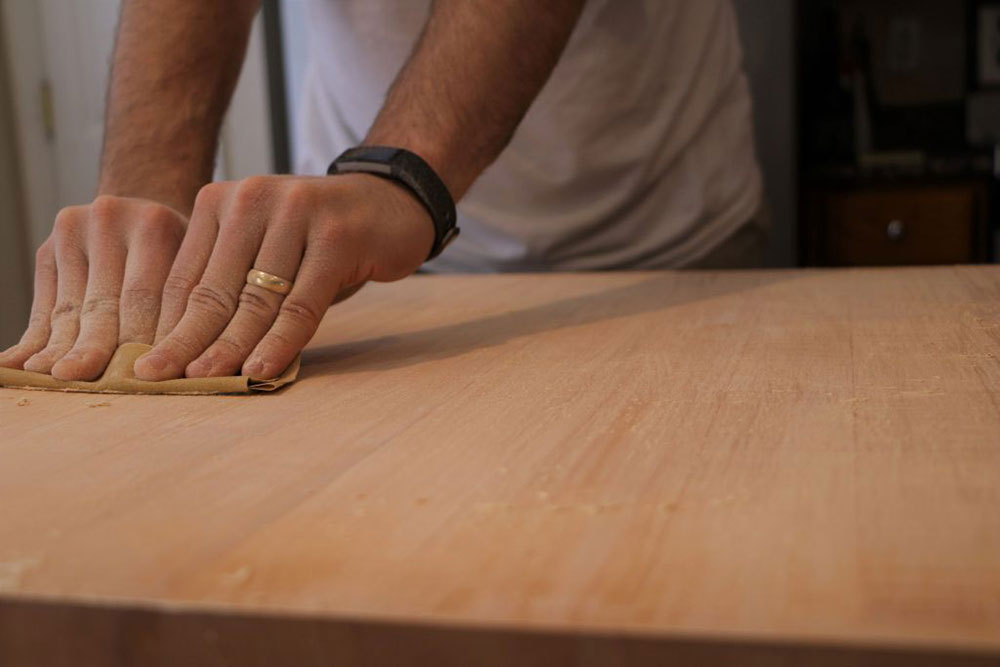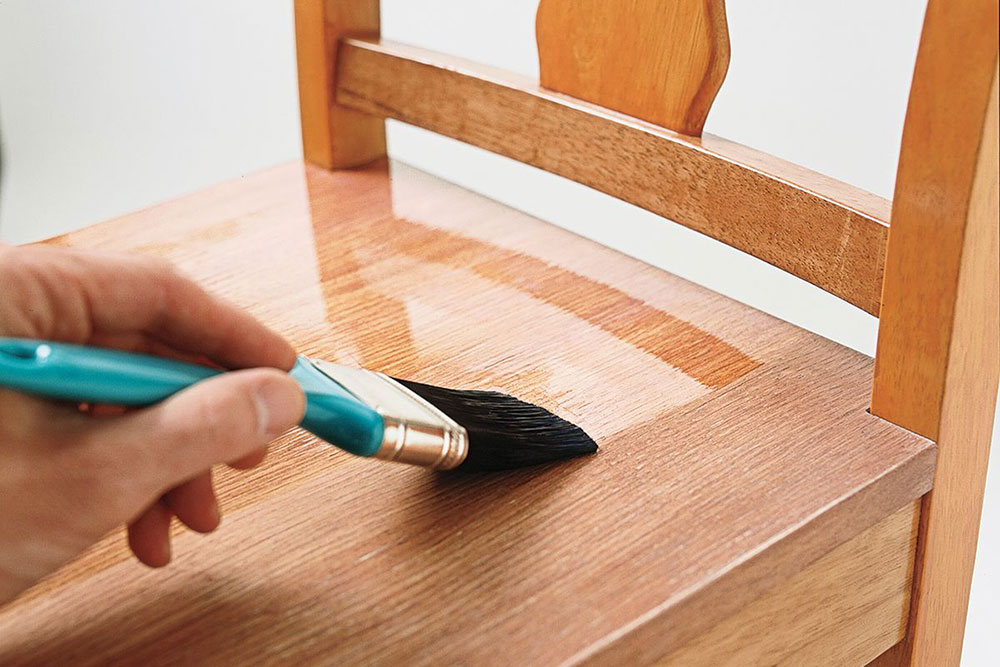Advertisement
Wood is a precious and durable material used often in the construction of houses. It can even be used as a supporting frame for your home to render your beds, dining tables, and chairs and also be excellent material. Using stain to bare or stripped wood will also modify the color and highlight the interior wood’s grain pattern. It typically darkens the wood when pigments are added to some organisms.
The entire look of a piece of furniture or space can be influenced by wood stains that are too dark. You will not find any difference if you decide to add a light-colored stain on top of a current dark finish. Fortunately, there are ways you can make the hue brighter before you’re satisfied with it.
The method is pretty much the same, whether you want to know how to lighten stained wood or change the currently added wood stain.
Remove Top Coats
If there is a top coat on your stained projects, such as lacquer, varnish, or polyurethane, it must be thoroughly cleaned before lightning can occur—the most potent chemical stripper.
Function in a well-ventilated environment and wear protective lenses and gloves to cover yourself so you do not breathe in the toxic gases.
Dip a 2 in (5.1 cm) paintbrush into the finish stripper with natural bristles and paint it on the wood that you are lightening. Make sure you have even area coverage so that you can entirely strip the wood.
Enable the finish to soften, or as instructed by the producer, for around 10 minutes.
With clean, flat sticks, wipe off the gelled finish—function from the center, causing the finish to fall into the drop fabric. Use pointed sticks or steel wool to scrub the set finish out of tight corners and details.
Enable the wood for a minimum of one hour to dry.
Soak a clean cloth in turpentine or mineral spirits and rub the wood tightly and uniformly around the grain if the wood is too black. This will help you learn how to lighten stained wood.
How to lighten stained wood with bleach?
For your specific work, select the right form of bleach. You can use oxalic acid for a moderate treatment or a 2-part wood bleach solution for a better treatment anytime you choose to bleach your wood. Powdered Chlorine bleach is well for merely lightening or minimizing small spills and blemishes from an existing paint mark.
Bleaching stain results differ according to the wood, so do a pre-test on a small secret area. When you mix the chlorine, wear your protective glasses and gloves to avoid any discomfort.
Using Two-Part Bleach
It is understood that this form of bleach is less aggressive to health and can improve the color of wood without altering the appearance of wood without compromising the natural grain and character of the wood.
- Start by using mineral spirits to wash the wood. For about two days, allow it to dry.
- Use the paintbrush to add part one of the wood bleach and dry for 10 minutes.
- Apply part two of the solution and let it dry for about four hours.
- Clean the wood down to change the color using a 50/50 combination of vinegar and water.
- Let the wood dry, and then use fine-grit sandpaper to smooth the raised grain down.
Powdered Chlorine Bleach
Chlorine bleach is ideally suited to tell you how to lighten stained wood paint stains or erase small defects and spots.
- The powder is mixed with water according to the instructions written on the packet.
- Add it to the wood directly and wait 24 hours.
- Replay the application if it is not light enough.
Oxalic Acid
A strong, very toxic bleach, oxalic acid extracts dark mineral stains where other items cannot touch. It is typically used for scraping the dark gray paint on the exterior deck. Oxalic acid, commonly known as “wood bleach.” is used in alternatives to how to lighten stained wood weathered or deep stains from water circles, tin, and pigmented stains.
- In compliance with guidelines, combine the powdered acid with water.
- Add the wood for approximately 15 minutes and allow it to work.
- Clean with a water solution and mild ammonia.
Neutralize with an acidic solution
Neutralize with the same component of white vinegar and water following the application of bleach. To add it to the wood floor, use a clean sponge.
Wipe the wood clean with a wet cloth
Use the warmest water imaginable wet washing cloth under your house. Then brush off the excess liquid and clean the wood. Make sure you clean any bleach or vinegar left on the surface from any place. Use a mop of hot water to scrub the body while you are working on a wood floor.
Let the wood dry
Leave the wood in an exact, dry spot to evaporate the water and reveal the final stain color. The next day, check the wood to see if its color pleases you. If not, add a different bleach treatment to the wood and inspect the wood for further lightening on the next day.
Sanding to Remove Stain
Blocking or distinctive color may result in a lightning stain. If so, it might be advantageous to delete it entirely. To clear the paint by hand, wear 100-grit sandpaper. Sand softly to prevent specifics or contours from being stripped from the piece. Sanding will leave a lot of wood dust and residue, so clean the surface with a wet towel after sanding.
Neutralize wood second time
After you deal with how to lighten stained wood, use the vinegar and water mixture again. Rinse with water the soil again and fully dry the surface. After it is blanched and balanced two times, the wood remains very light.
Apply a new finish to the wood to seal it
The time has come to use the finish. Ignore the guidance of the maker for how to add the lightweight finish brand you choose to use. Check for your wood for a polyurethane finish and blend it carefully.
To paint the wood a thin mark of polyurethane in the direction of wood grain, use a 2 in (5.1 cm) paintbrush with natural bristles.
When the polyurethane is removed, eliminate any bubbles or irregular applications by drawing back the region’s paintbrush with long strokes.
The old stain may be stripped and bled by lightening the dark wood furniture, pavement, or wall. It is undoubtedly unprecedented to have beautiful, light wood. When dealing with solvents and glasses, do use a mask as the smoke can be overwhelming. Wear latex gloves likewise, so that no rashes or burns are suffered. This is how to lighten stained wood in little to no time.
FAQs about how to lighten stained wood
1. What are the best methods to lighten stained wood?
Sanding, using bleach or wood stripper, and adding a wood conditioner are some ways to lighten discolored wood. The most organic way is sanding, although it can be labor-intensive and time-consuming. An alternative that is more effective but potentially harmful is bleach or wood stripper. By permeating the surface and getting the wood ready for staining, a wood conditioner can aid in lightening the wood. The type of wood and the stain’s state will determine which procedure is best.
2. Can I use bleach to lighten stained wood?
You can use bleach to lighten discolored wood, yes. It works well to take the color off of the wood without harming it. Bleach should only be applied sparingly and on wood that can withstand it. It is crucial to follow the manufacturer’s directions and completely clean the wood after usage because bleach can also harm the wood fibers.
3. Is it possible to lighten dark stained wood without sanding?
Without sanding, it is possible to brighten dark pigmented wood. Utilizing a wood stripper, which can remove the stain from the wood without the need for sanding, is the most efficient method. Wood strippers, however, are strong chemicals that must be handled carefully and utilized in a well-ventilated environment.
4. What types of wood stains can be lightened, and which ones cannot?
The majority of wood stains can be lightened using the right technique. Oil-based stains are more difficult to remove than water-based stains, but both can be removed with sanding, wood stripper, or bleach. However, certain stains are harder to get rid of than others, and the outcomes might also vary depending on the age and condition of the wood.
5. How many times can you lighten wood before it becomes damaged?
Wood may be lightened an unlimited number of times before it sustains damage. However, over-sanding or the use of strong chemicals can harm the wood’s surface and have an impact on its general structure. When lightening stained wood, it is crucial to take the appropriate safety precautions and adhere to the manufacturer’s recommendations to prevent damage.
6. Are there any natural methods to lighten stained wood?
Yes, using baking soda or vinegar to lighten coloured wood is a natural way to do it. Acidic vinegar can be used to remove stains from wood surfaces. On the other hand, baking soda might work as a mild abrasive to assist in removing the discoloration. Natural approaches, however, could not be as efficient as chemical ones and might call for more time and effort.
7. Can you lighten wood with just sandpaper?
Yes, wood can be lightened with sandpaper, but the process takes a long time and requires patience and care. Sanding can reveal the wood’s lighter layers by removing the stain from the wood’s surface. However, if done incorrectly, it can also harm the wood. To get the desired outcome, it is crucial to apply the proper sandpaper grit and technique.
8. Is it necessary to strip the old finish before attempting to lighten stained wood?
No, before attempting to lighten pigmented wood, the old finish does not necessarily need to be removed. It is vital to check that the new stain will adhere to the old finish properly. Before staining, a wood conditioner can assist the new stain permeate the wood and produce the desired outcome.
9. Can I apply a lighter stain over a darker stain to achieve a lighter color?
No, rubbing a lighter stain on top of a darker stain won’t make the color lighter. Stain acts by coloring the wood fibers through penetration. A brighter stain cannot be applied over a darker stain without causing the wood to become even darker. The only way to get a lighter hue is to first apply a lighter stain and then remove the old stain with sanding, bleaching, or a wood stripper.
10. What precautions should I take when working with chemicals to lighten stained wood?
You must take all required care to safeguard both you and the wood while using chemicals to lighten stained wood. To prevent coming into touch with the chemicals and inhaling any fumes, use gloves, safety goggles, and a respirator. To prevent breathing in the chemicals, work in a well-ventilated environment and pay close attention to the manufacturer’s recommendations. Additionally, it’s critical to properly dispose of the chemicals and keep them away from anything that can react with them.
If you enjoyed reading this article about how to lighten stained wood, you should read these as well:

